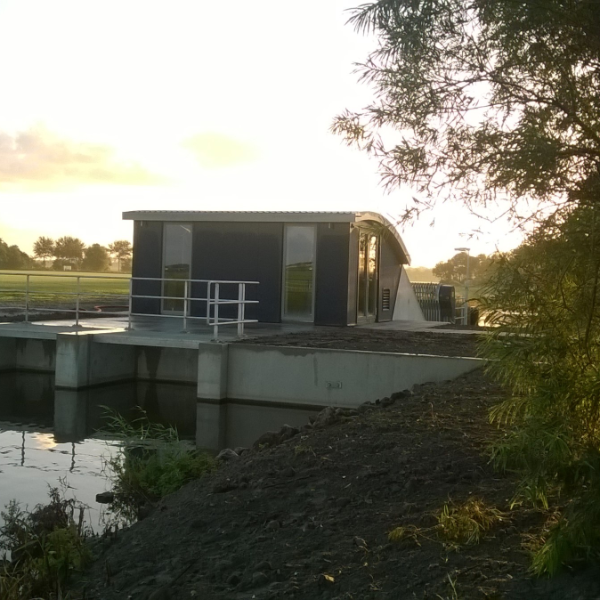River hydraulic engineering
From precipitation to discharge

River hydraulic engineering
Globally, rivers are an essential part of our ecosystem. They ensure drainage and water availability, provide drinking water and food for humans and animals, and enable fish migration. They are also an important part of our waterborne transport system and provide a pleasant environment for recreation.
At Witteveen+Bos, we model and design adaptations to our river system to increase flood safety, biodiversity and transport capacity. The adaptations we design are diverse, such as groynes, longitudinal dams, locks, weirs and side channels. We work closely together with our clients to find solutions that fit their specific needs. Witteveen+Bos has proven to be a reliable partner in all phases; from project development to design, works execution and delivery.
Integrated design process
All our projects are implemented based on an integrated approach. After all, a river has many area users, and any adaptations affect different systems. Our integrated design process has several cycles, with each cycle consisting of the same five steps. The most important step involves conducting the systems analyses, such as ecology, morphology (soil erosion and sedimentation), flood safety, shipping and recreation.
For each system, we identify the problems, goals and functions, and we also identify the consequences of long-term climate change, such as increased river discharges, more extreme rainfall and longer periods of drought and heat. Once we know what the challenge is, we design measures based on our sustainable design principles. The effects of the measures on the different systems are then visualised and weighed.
More information?



